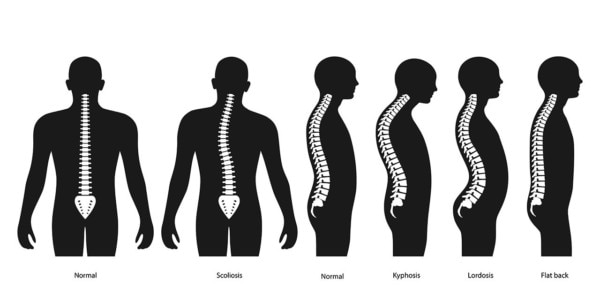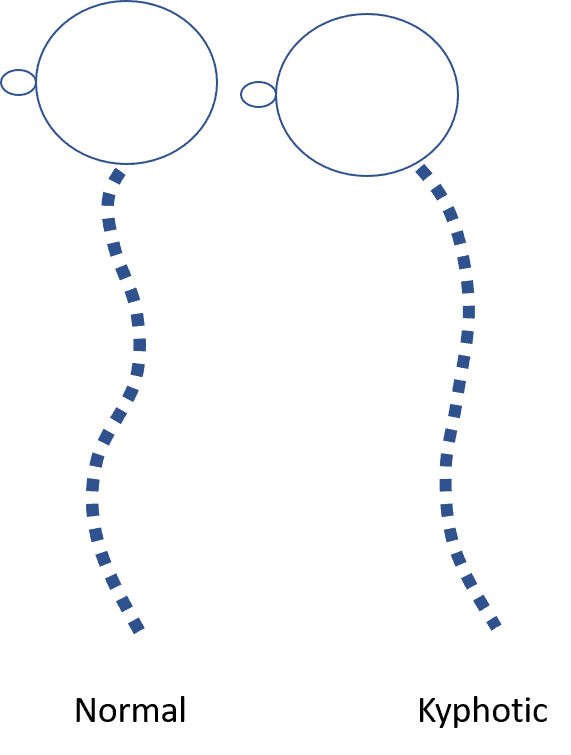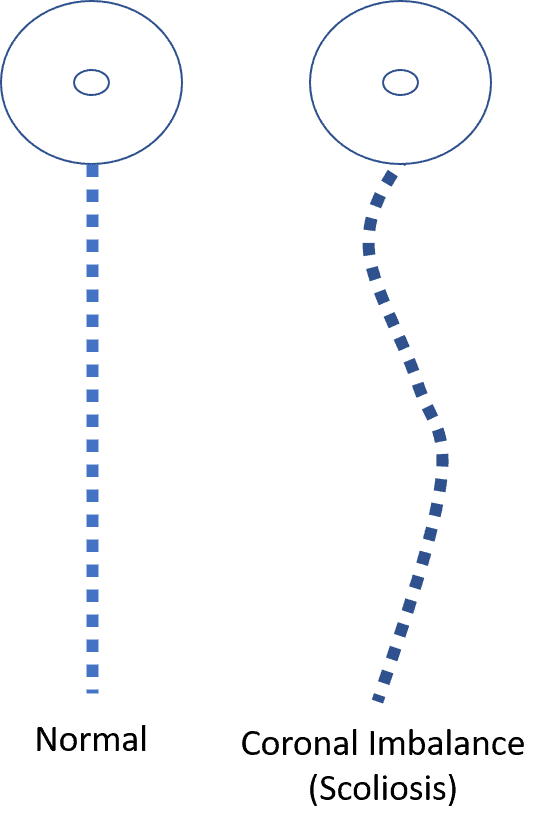New Research: Your Spine Posture Causes Headaches

Olga Bolbot/Shutterstock
The most common cause of headache is your spine. This may come as a surprise to some, but time and time again, we see evidence of this in the clinic. Now new research continues to confirm that your spinal configuration leads to headaches. Let’s dig in.
Migraine Headaches?
Most patients believe that the most common cause of headaches is a vascular event of the brain called a migraine. However, this isn’t even close to true. How do I know this? We’ve been seeing patients with headaches for decades who believe they have migraines and have been diagnosed with this issue, but when we perform a diagnostic numbing block of some structure in their neck, their headaches go away. If these patients really had migraines, this would NOT happen.
Your Neck and Headaches
For patients steeped in the Migraine culture, it’s hard to imagine that their neck could cause a headache. How does this work? Your upper neck and head are made from the same embryologic segment. So as you develop in the womb, your head and upper neck migrate together and are wired together. Hence, once your body is fully formed, it can’t tell the difference between pain coming from your head and upper neck.
There are a slew of things in your upper neck that can cause headaches. This includes several nerves (i.e. occipital nerves) and joints (C0-C3 facet joints). When these things cause headaches, it’s called a cervicogenic headache.
The New Research
The authors of the new study took patients with and without cervicogenic headache. Readers who were blinded then took various x-rays of the neck and upper back and measured angles and distances in various directions. The readers then tried to predict, solely based on these measurements, who were more likely to have a headache.
The results? Increased thoracic kyphosis, sagittal imbalance, coronal imbalance, and vertebral rotation are all associated with an increased chance of having cervicogenic headache.
Increased Thoracic Kyphosis/Sagittal Imbalance
This means that rather than having the normal front-back curves (one in the neck that goes the opposite direction as the one in the thoracic spine). When your head comes forward as you age or spend too much time on your phone and these curves go away, it’s called a thoracic kyphosis (this is also one type of sagittal imbalance):

Coronal Imbalance/Scoliosis/Vertebral Rotation
This is scoliosis or a side bent spine:

When the spine side bends, which causes the vertebrae (spine bones) to rotate.
CBP Chiropractic
One of the long-term superstars of scientific chiropractic techniques is a technique called CBP (Chiropractic Biophysics). This paper was published by the CBP researcher Deed Harrison. It’s one of many, many published studies put out by the Harrison family who started CBP Chiropractic, making it heavily evidence-based. This is why I refer many patients for this type of care.
The upshot? Your spine causes headaches. This is VERY common. Hence, if you want to get rid of your headaches, fix your spine!
________________________________________
References
(1) Moustafa IM, Shousha TM, Harrison DE. An investigation of 3D spinal alignment in cervicogenic headache. Musculoskelet Sci Pract. 2021 Feb;51:102284. doi: 10.1016/j.msksp.2020.102284. Epub 2020 Nov 2. PMID: 33212363.

If you have questions or comments about this blog post, please email us at [email protected]
NOTE: This blog post provides general information to help the reader better understand regenerative medicine, musculoskeletal health, and related subjects. All content provided in this blog, website, or any linked materials, including text, graphics, images, patient profiles, outcomes, and information, are not intended and should not be considered or used as a substitute for medical advice, diagnosis, or treatment. Please always consult with a professional and certified healthcare provider to discuss if a treatment is right for you.